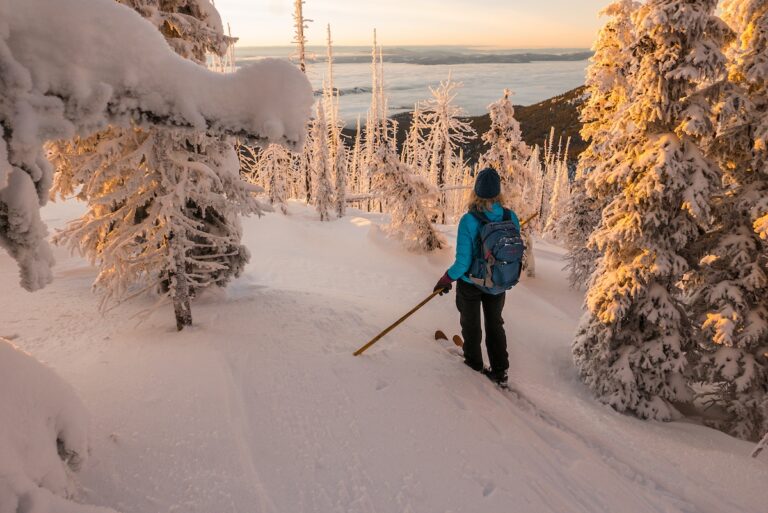What is the science behind bear spray and why does it work as a non-lethal repellent deterrent?
Bear biologist Carrie Hunt, founder of Wind River Bear Institute (WRBI), conducted experiments with bear repellant deterrents at the University of Montana in the 1980s, for her master’s in science degree. She found some potential in personal defense and military pepper sprays, but there were drawbacks. Her research indicated that the ingredients and the delivery method are what makes a spray more effective.
Hunt’s study led Bill Pounds to develop a concentrated formula that could be dispersed in a cone-shaped cloud that did not require precise aiming, but could simply be directed downward in front of a charging bear. This helps compensate for the effects of wind, rain, and cold. (Pounds went on to found Counter Assault and to manufacture and market bear spray.)
Bear spray has six times as much spray and is much more pressurized than pepper spray. The contents are regulated by the U.S. Environmental Protection Agency (EPA), and each can has a registration number on the label.


Improperly stored trash can attract bears (left); Photo: Shutterstock // Chuck Bartlebaugh demonstrates how to deploy bear spray during a training session. // Photo courtesy Be Bear Aware.
Capsaicin and related capsaicinoids are the active ingredients in bear spray; claims of 10%, 20%, or 30% Oleoresin Capsaicin are not indicative of the amount of active capsaicin and capsaicinoids in a spray. This and the spray pattern are what make bear spray so effective.
If it’s not EPA registered, it will not work the same in a bear encounter. Make sure to look before you buy.
The recommendation based on Hunt’s study is to spray for seven seconds, 30 feet in front of you. The minimum sized can registered by the EPA is 225 grams (7.9 oz.); smaller cans may not have sufficient spray duration to deter a charging bear.
Chuck Bartlebaugh of Be Bear Aware said it’s important to ensure that you bring enough bear spray with you; you’ll want enough to deter an aggressive bear and still have some for the hike out. Visit the Be Bear Aware Campaign website to learn about staying safe in bear country and how to deploy bear spray.
Find more stories about bears and other North American wildlife in the OTO archives.













